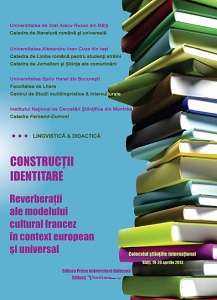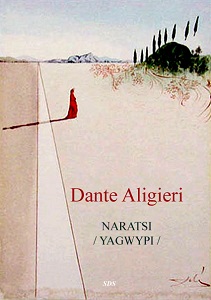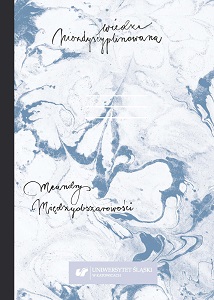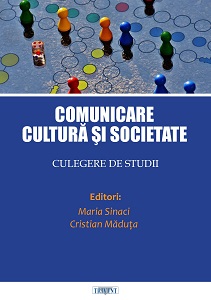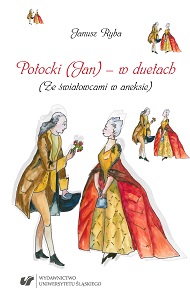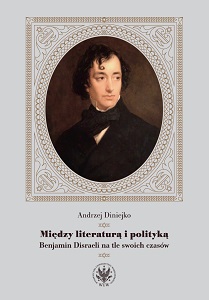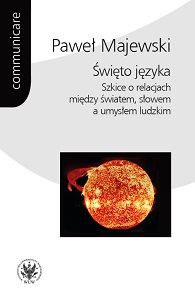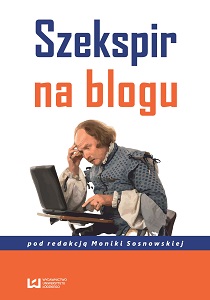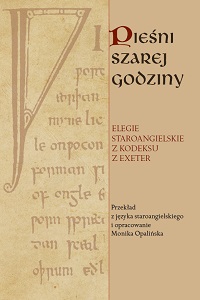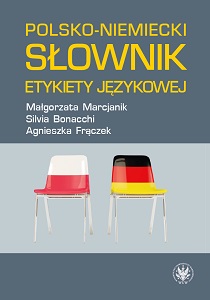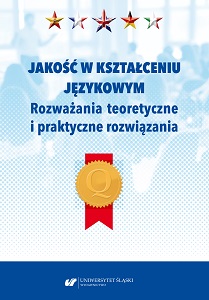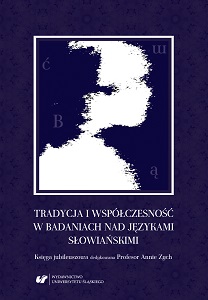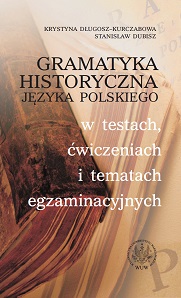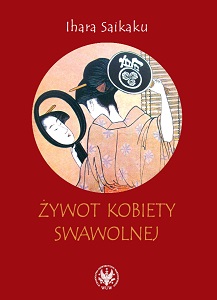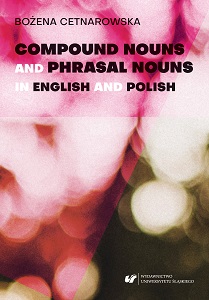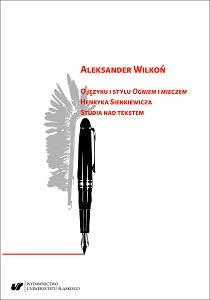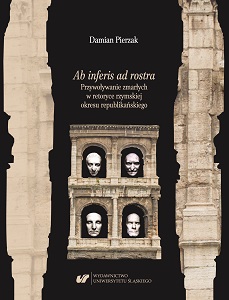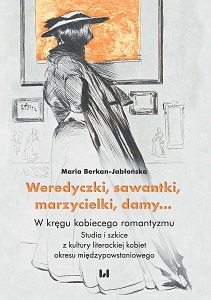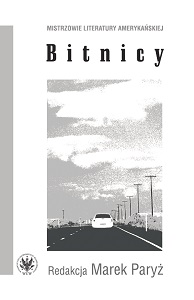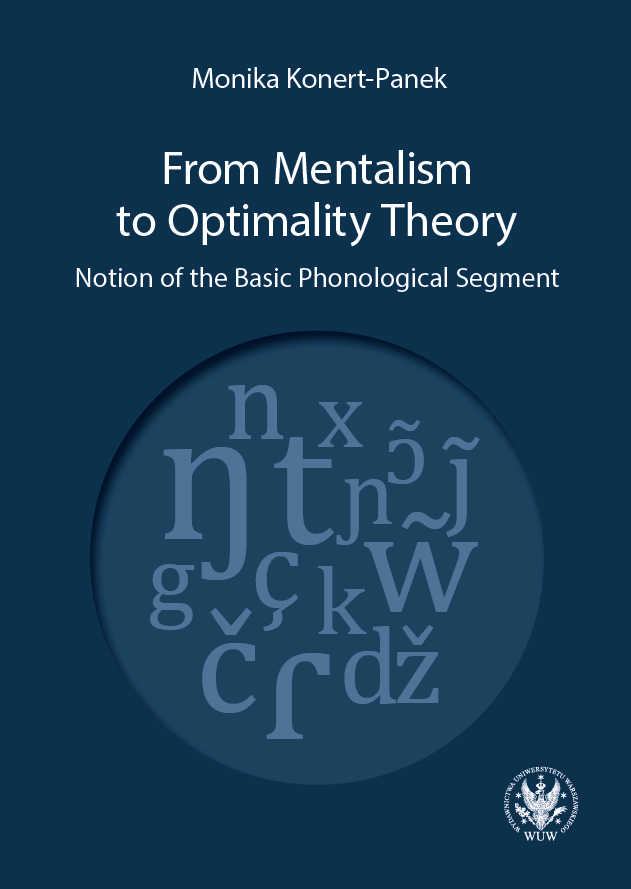Author(s): / Language(s): Polish
Wiedza niezdyscyplinowana. Meandry międzyobszarowości (“UndisciplinedKnowledge. Meanders of Interdisciplinarity”) is a result of a conference under the same title, which was organized by University of Silesia College of Interdisciplinary Individual Studies in 2015. The character of the conference allowed for a meeting of students, graduates, scientists and academic teachers involved in creating different forms of interdisciplinary individual studies across Poland. Basing on these experiences, the book contains considerations upon a state of interdisciplinary colleges, the notion of interdisciplinarity, as well as some propositions of application of interdisciplinary scientific methods. First part of the volume, Wiedza i dyscyplina? Na drodze do uniwersytetu międzyobszarowego (“Knowledge and Discipline? Towards an Interdisciplinary University”) contains three articles on the subject of university practices and various forms of organization aiming to create scientific and social areas in which interdisciplinarity could be developed. Simultaneously, authors consider dangers and risk associated with these solutions. Ewelina Suszek in her text Między reżimem a anarchią. Problem specjalizacji i interdyscyplinarności (“In-Between Regime and Anarchy. The Problem of Specialization and Interdisciplinarity”)focuses on the problems with specialization in modern humanities as presented in “Enemies of promise: publishing, perishing and the eclipse of scholarship” by Lindsay Waters. Daniel Kontowski’s Co niszczy studia międzyobszarowe w Polsce? Fałszywe wyjaśnienia i poczucie wyższości (“What Destroys Interdisciplinary Studies in Poland? False Explanations and a Sense of Superiority”) presents an in-depth analysis of crisis of Polish Interdisciplinary Individual Colleges. 风 Karolina雅 Pawlik 宋 in Pomiędzy, czyli tu indziej. Kwestia dyscypliny z szanghajskiej perspektywy (“Betwixt, that is Herewhere. The Question of Discipline from Shanghai’s Perspective”), basing on her experience as a student and an academic teacher, compares conditions of higher education in Katowice and in Shanghai.Four subsequent chapters form the second part of the volume, titled Portale i prospekty. Humanistyka na przejściu (‘Portals and Prospectuses. Humanities on the Passage’). Texts in this part are focused on the issue of applications of interdisciplinary approaches to modern humanities. Ryszard Koziołek’s Filologia i John Wayne (“Philology and John Wayne”) presents a vision of new humanities as a social and political force, able to mediate and soothe conflicts. Piotr Bogalecki in his text Dyletant, amator, błazen – humanista w dobie międzyobszarowości (“Dilettante, Amateur, Jester – a Humanist in the Era of Interdisciplinarity”) thinks over different possible stances a humanist can adopt, while obliged to interdisciplinarity. Jan Zając’s Nowe perspektywy w badaniach nad recepcją – przypadek portalu lubimyczytać.pl (“New Perspectives in the Reception Studies – the Case of an Internet Portal lubimyczytać.pl”) is an interdisciplinary, psychological, sociological and philological study on a reception of literature, using opinions posted on the Internet by readers as an research material. Karolina Wycisk in her Taniec jako intersztuka. Neurokognitywiści w badaniach nad tańcem (“Dance as Inter-art. Neurocognitivists in Dance Studies”) examines the influence of neurocognitivism and its methods over the dance studies. The third and last part of the book: Nieludzkie – nieobce. Posthumanizm jako międzyobszarowa praktyka badawcza (“Non-human – Non-alien. Posthumanism as an Interdisciplinary Research Practice”) is focused on the subject of posthumanism as a particular interdisciplinary research field. In three chapters, contained in this part of the volume, authors reflect on a problem how exceeding traditional, humanistic approach could enrich or jeopardize research conducted within the humanities. Miłosz Markiewicz in Przeciw dyscyplinie. Obietnice posthumanistyki (“Against Discipline. The Promises of Posthumanism”) argues that posthumanism, complicating relations between humans and other beings, simultaneously abolishes borders between scientific field and disciplines. Jakub Gawkowski’s Ichtiologia jako nauka pomocnicza historii sztuki (“Ichthyology as an Auxiliary Science of Art History”) is an example of practical application of posthumanist methods, by using some tools of ichthyology to present fishes as a potential subject of art, rather than object, and to criticize unethical artistic practises considering fish. The last text in the volume, Marcin Kozera’s Transcendentny posthumanizm jako radykalna hybryda ducha i materii (“TranscendentPosthumanism as a Radical Hybrid of Spirit and Matter”), explores similarities and differences between posthumanistic theories and mysticism of the Far East.
More...
